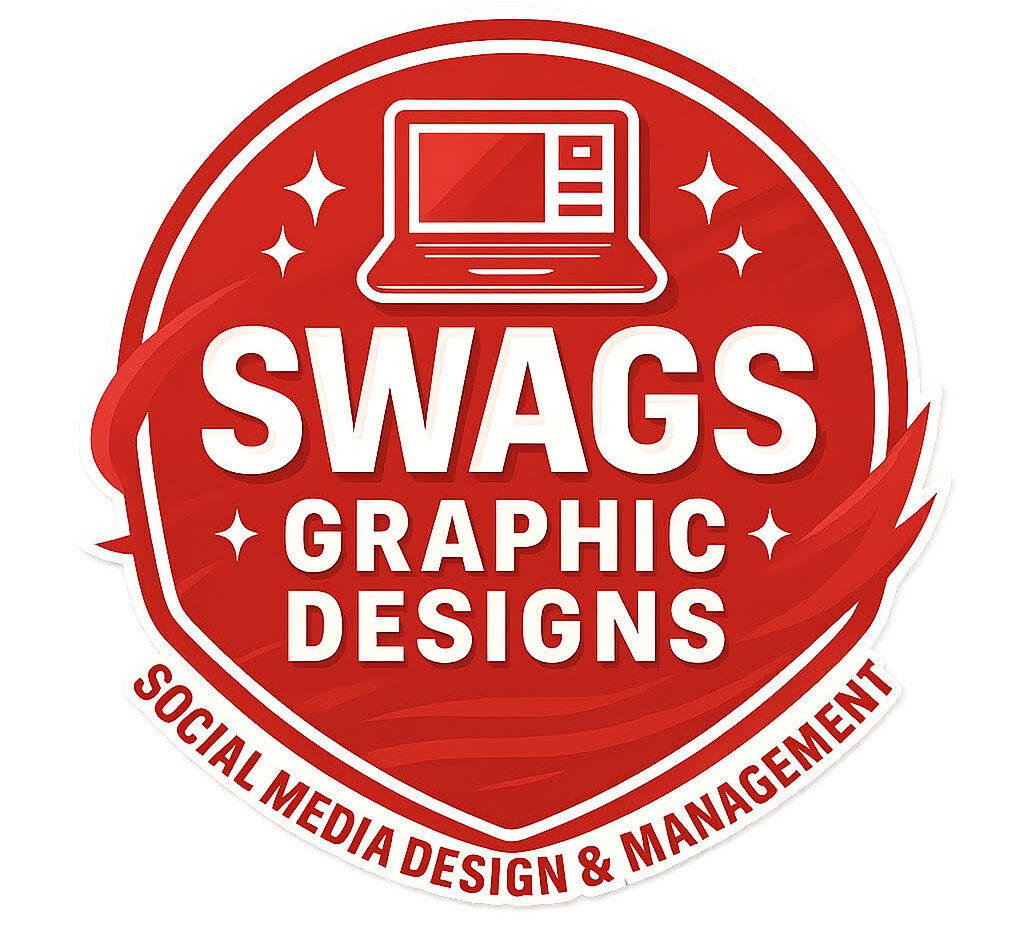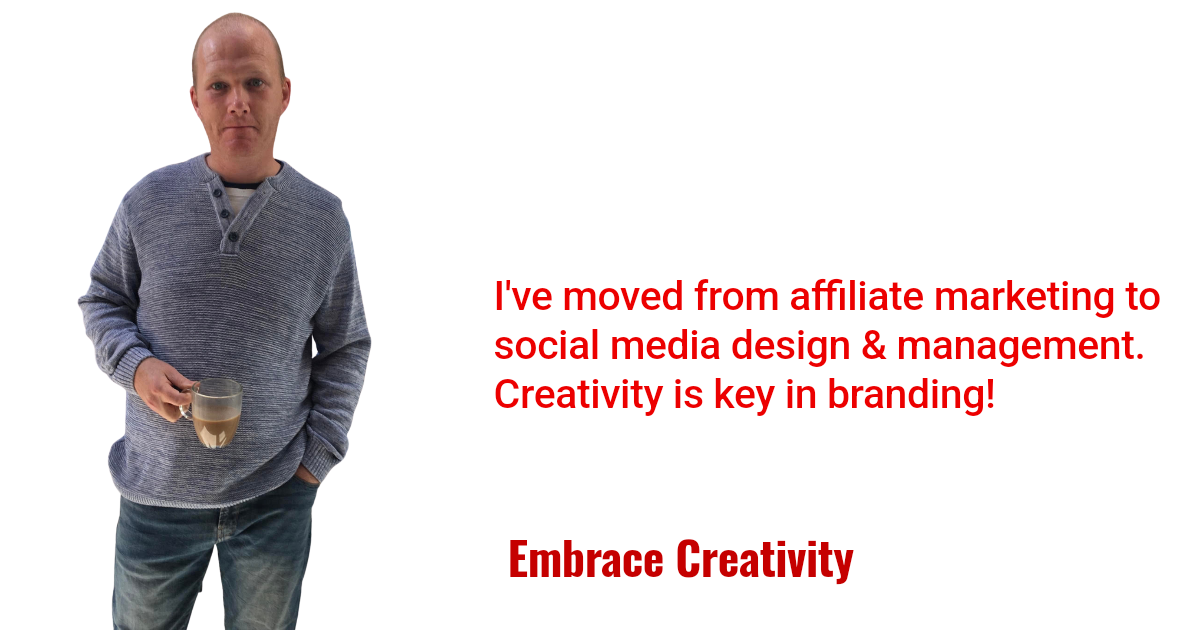Transitioning from affiliate marketing to social media design and management has been quite the creative adventure for me. While affiliate marketing taught me all about audience trust and digital sales, moving into social media design really opened up a whole new world of creativity, visual branding, and storytelling. If you’re thinking about making a similar switch, there’s a lot to consider, but it’s a move that can be really rewarding if you love the idea of shaping how brands connect with their audiences online.
The Path from Affiliate Marketing to Social Media Creative Work
Starting out in affiliate marketing, I spent years learning how digital audiences think, tracking conversions, and perfecting calls to action. When I started to feel a creative itch, social media design seemed like a natural fit. Social media is all about visual storytelling using color, typography, motion, and trends to help brands stand out.
Affiliate marketers often develop tough analytical skills, which come in handy in social media management. But instead of focusing only on links and conversions, the work switches up toward brand consistency, engaging graphics, and adapting content for different platforms. Social media design is less about pitching products directly and more about building a community and influencing perception through visuals.
What Skills Transfer (and Which Ones Don’t)
Moving from affiliate marketing to social media design isn’t a total reset. Plenty of skills carry over smoothly and give you a great head start.
- Audience Analysis: Knowing what makes an audience click is super helpful when building social media content that gets people involved.
- Content Planning: Affiliate marketers understand content calendars, scheduling, and campaign rollout, which are really important in social media management.
- Performance Tracking: Skills in using analytics tools for tracking traffic, conversions, and optimization also cross over, especially when measuring post reach and engagement rates.
On the flip side, visual design experience or software skills may be lacking if your affiliate work was mostly written or promotional. Getting comfortable with design tools like Canva, Adobe Creative Suite, or even Figma becomes a priority. Understanding brand guidelines and visual storytelling is also a new challenge and a cool opportunity for many making this move.
Additionally, strategies like photo editing, animating short video content, and creating custom icons can set you apart. Even if you haven’t mastered these yet, committing to ongoing learning will seriously step up your work and keep you at the forefront of digital trends. As platforms adjust their algorithms and feature new formats, being curious and adaptable is an asset.
Getting Started with Social Media Design & Management
Stepping into the social space from affiliate marketing means getting up to speed on a handful of new basics. Here are some areas I focused on when I made the jump:
- Learn Visual Design Principles: Color theory, typography, spacing, and hierarchies all play a role in digital design. I started by watching tutorials and copying layouts to understand how pros build attention-grabbing posts.
- Pick Your Design Tools: Free tools like Canva or paid programs like Adobe Photoshop and Illustrator are pretty standard. I found Canva especially user-friendly because of templates and drag and drop elements.
- Stay on Top of Social Media Trends: Each platform (Instagram, TikTok, LinkedIn, etc.) has its own style, system, and quirks. Following accounts and creators in my target industry helped me get a feel for what works and what gets engagement.
- Start with Templates: Tons of design platforms offer templates that can give your profiles a professional look even if you’re still learning. I leaned heavily on these at first for client work.
It also helps to pay attention to competitor brands and industry leaders for inspiration. Saving examples of feeds, stories, and reels that wow you can serve as a visual guide and spark your creative thinking as you develop your own style.
Jumpstarting Your Portfolio: Practical Steps
Building out a decent portfolio can feel daunting if you’re coming from a text-based or analytics-heavy role. Here’s how I got things rolling:
- Create Sample Social Graphics: I made a set of posts, stories, and headers for a fictional or personal brand using current trends and best practices. This gave me something to show potential clients or employers.
- Offer Freebies or Discounted Work: A few trial clients (friends or indie businesses) were happy to let me manage their accounts or do a package of graphics. I treated these like paid projects and got real-world results for my portfolio.
- Tap Into Affiliate Networks: I reached out to brands I worked with previously, offering upgraded social visuals. My affiliate network became an initial client base.
Even mockups and “before and after” examples helped demonstrate my growth and expanding skill set. The more you build, the more comfortable you’ll become showing off your work and talking about your creative process with new clients.
Common Challenges When Making The Leap
No career switch is without its growing pains. Here are a few hurdles I ran into, along with tips for working through them:
- Imposter Syndrome: Moving into a more public-facing, creative role came with a lot of self-doubt. Comparing my first designs to established brands made it worse, but practice and honest feedback worked wonders.
- Staying Consistent with Brand Voice: If you’re used to writing product reviews and SEO copy, adapting to using visuals to deliver a message takes some getting used to. Paying close attention to fonts, colors, and tone helped keep everything consistent.
- Time Management: Social media management moves at a different tempo. Affiliates often schedule evergreen content, but social design is more reactive (think trending memes or fast-moving news). Creating a content calendar, using scheduling tools, and batch creating graphics really helped.
- Design Burnout: Coming up with fresh ideas weekly is tough. Following design accounts, saving inspiration to boards, and experimenting with new templates kept my creativity flowing.
Creative Tools That Made Life Easier
A few programs and apps truly sped things up as I transitioned:
- Canva Pro: For quick, on-brand graphics and basic animations.
- Later or Buffer: For scheduling posts to go live across multiple platforms. This is a major timesaver and helps with consistency.
- Unsplash and Pexels: For quality royalty free images and short videos. Eye-catching visuals really make a difference.
- Brand Kit Features: Keeping colors, fonts, and logos organized for each client to speed up creation and maintain consistency.
Real World Examples and Results
The best part of making this switch is seeing the difference your work makes. For example, helping a small ecommerce brand rework their Instagram grid with branded highlights and engaging stories led to a notable jump in their follower count and visibility. Another client saw higher engagement after switching from generic product posts to playful, branded reels and carousel graphics.
- Instagram Grids: Consistent color schemes and recognizable imagery cut down posting time and gave the brand a strong look.
- Facebook Ads: Custom graphics (even simple designs) performed better than stock images, increasing ROI on small ad spends.
- Pinterest Boards: Designing fresh infographics and pins attracted new website visitors and boosted newsletter signups.
These changes also opened up opportunities for clients to expand their voice on other platforms, spark collaborations, and even run special themed campaigns. The tangible impact on reach, engagement, and even sales is what makes the creative work especially satisfying.
Building Experience (Even if You’re New to Design)
Starting out fresh means your learning curve might feel pretty steep. Here are a few ways I grew my skills and confidence from scratch:
- Work on Personal Projects: Mock up feeds and stories for a side project, cause you care about, or even your own affiliate blog. You learn by doing.
- Take Short Online Courses: Creative learning platforms like Skillshare and YouTube have endless practical tips for beginner designers and social managers.
- Join Communities: Facebook groups, Discord servers, or subreddits for social media managers are great for feedback, inspiration, and keeping up with updates in real time.
Contributing to group challenges or participating in monthly design prompts can stretch your skills and give you portfolio pieces with fresh styles.
Frequently Asked Questions
Here are a few questions I get from people thinking about making the same switch:
Question: Do I need formal design training to get started in social media design?
Answer: Not at all. Loads of social media designers are self-taught. Having a good eye and a willingness to practice are more important than a formal degree or certification at first.
Question: How do I set pricing for design or management packages?
Answer: I started by researching local agencies and freelancer rates, then adjusted based on my experience and the kind of clients I wanted. Hourly and retainer rates are both common, and platforms like Fiverr or Upwork can give you a sense of what’s typical for your market.
Question: Which platforms should I focus on first?
Answer: It depends on your goals and ideal clients. Instagram and Facebook tend to be the most in demand, but TikTok, Pinterest, and LinkedIn provide unique opportunities too. I picked one or two to master before branching out.
Resources to Jumpstart Your Social Media Design Adventure
Getting into this field feels a lot more manageable with the right resources at your fingertips. Here are some helpful spots to check out:
- Canva – User-friendly design tool for social graphics.
- Skillshare – Creative courses on graphic design and digital strategy.
- Later – Visual social media scheduler that helps you batch and preview posts.
- Buffer – Planning and analytics tools for managing multiple social accounts easily.
Making the switch from affiliate marketing to social media design and management can be truly eye-opening if you love crafting digital stories. Each step, from learning visual tools to building a solid portfolio and trying out new strategies, brings you closer to a creative, in-demand career with endless opportunities for self-expression and growth. If you have a passion for building brands and enjoy experimenting with digital design, this field is definitely worth checking out. Your own story and creative vision can set brands apart far beyond simple sales links or conversion numbers—and help you find real satisfaction in your work.

